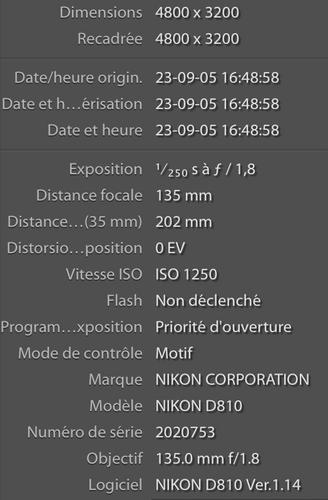I understand where your math is coming from; I can do the math in my sleep. The problem is that you said:
The Sigma 135mm f/1.8 DG HSM ART turns into a 364.5mm f/1.8 on my little Nikon 1 J5
That does not happen. You are creating a semantic illusion. The lens is still 135mm and f/1.8; it doesn't "turn into" anything else, but it has an AOV like a 364.5mm lens would on a FF camera, and the context of a FF camera is the context that you mean for your "364.5". There is no other context in which the lens has any relationship to the number "364.5", so using that number means you are talking about what would give the same imaging on a FF camera, in which case it is like an f-number of 4.86; not 1.8. IOW, you are appealing to "equivalence" even though you are not using the word specifically, but only taking the part of it that you like.
Yes, the AF is dealing with "f/1.8" the same way it deals with native f/1.8 lenses designed for the body, but that 1.8 has nothing to do with the DOF or low diffraction that f/1.8 could give with a FF sensor with the same AOV.



